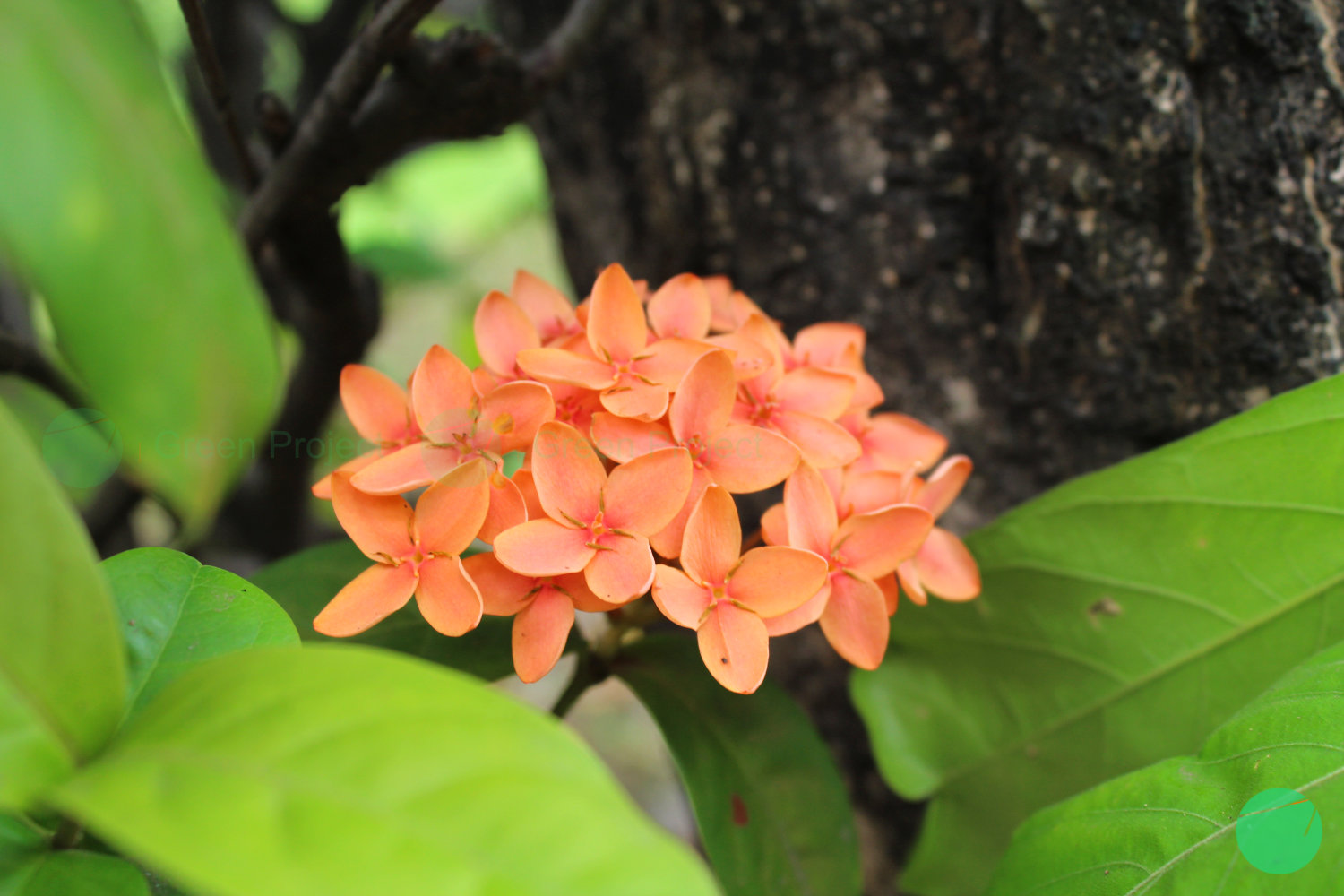Naming Identity
Soka is scientifically called Ixora in Latin. The Rubiaceae family is one of the largest plant families with more than 13,000 species spread throughout the world. Ixora is the third largest genus in the Rubiaceae family which consists of approximately 562 species with a variety of species that are widely distributed in the tropical regions of Asia.
It was named by Carl Linnaeus in 1753 with the Latin name which comes from the word Ishwara, the name for the Hindu god Shiva (Reynolds, 2006).
Taxonomy
Kingdom | Plantae |
Phylum | Spermatophyta |
Class | Dicotyledoneae |
Order | Gentianales |
Family | Rubiaceae |
Genus | Ixora |
Species |
|
Origin
Ixora or soka comes from the tropical region of Asia with a variety of clades which are divided into three parts, namely the Mascarene/neotropical/Malagasy/African clade, the Pacific clade, and the Asian clade.
Several species that are known to originate from Asia and Oceania include:
- Ixora javanica or Javanese soka originates from the island of Java in Indonesia
- Ixora coccinea or soka bereum which is internationally popular with the name flame-of-the-woods originates from South India, Bangladesh and Sri Lanka. This plant has become the national plant in Suriname.
- Ixora chinensis or siantan which is internationally popular with the name Chinese ixora originates from the southern region of China.
- Ixora casei or internationally popular as the giant red ixora originates from the Caroline Islands, Kiribati, Palau and the Gilbert Islands.
- Ixora finlaysoniana or internationally known as white jungle flame originates from China, India, and several parts of Indochina.
Shape Description
Generally, Ixora or soka plants have many similarities. However, some of the differences that are visible and can be seen through the color of the flowers.
Ixora or soka can usually grow to a height of 6 meters. However, Ixora javanica or Javanese soka can grow up to 3 meters (NParks | Ixora Javanica, 2024). The typical flowers are small, tubular in shape and have 4 oval lobes arranged to form a cross-like pattern.
The Javanese soka species has flowers that are initially red-orange. But then through age, it turns red. The flowers are arranged in large, dense clusters about 7.6 cm thick. Ixora coccinea or flame of the woods has red flowers. Ixora chinensis or Chinese ixora has a variety of flower colors including yellow, orange, pink, red, white and gold with the size of the flower strands tend to be wider. Meanwhile, Ixora finlaysoniana or white jungle flame has white flowers.

Ixora chinensis
The leaves on the Ixora or soka plant are light green with oval shape, measuring approximately 20 cm long. The leaves are arranged in pairs and oppositely in a drooping position.
Ixora or soka can spread through seeds and vegetatively through cuttings. However, the main route of introduction of this species into new areas is the deliberate introduction and transport of seeds, seedlings and cuttings by humans. To grow well, this plant requires full sun or shade with a good drainage system.
Invasive Nature
There are not many reports that say that the Ixora or soka plant is an invasive plant. Until now, reports of its tendency as an invasive plant have only occurred in Cuba. However, there is no further information regarding the impact of its invasive nature in the area (Rojas-Sandoval, 2022).
Benefits of Ixora or Soka for Health and Other Uses
Ixora or soka plants are generally planted as ornamental plants or hedge plants. The small branches are often used as fish hooks or as the edges for fishing nets, while the stems are used to make spear shafts or poles (Rojas-Sandoval, 2022).
In Indonesia, the Ixora or soka plant has become one of the herbal plants used as an ingredient in traditional medicine. A study conducted by several dental students at Gajah Mada University has succeeded in finding that extracts from soka flowers which contain flavonoids, saponins, and tannis have the potential to help the healing process of tooth extraction (Administrator, 2018).
Another study conducted in India states that the ixora or soka plant has antioxidant, antibacterial, gastro-protective, hepato-protective, anti-diarrhoeal, anti-nociceptive, anti-mutagenic and chemo-preventive properties (Devendran & Gnanavel, 2020).